
Why you want an OLED TV
What's OLED?
Most current televisions are OLED or LED-LCD. How can you know? That's simple, every OLED TV has the word OLED in its name and every new TV without 'OLED' in the name is an LED-LCD television. LED-LCD displays your images by sending light through the pixels via lights behind them. In the case of OLED, each image dot is its own light bulb that can dim or light up piece by piece. This results in very vibrant images with a high contrast, where black really is black. This way, you won't see a sight blur around bright objects on a dark background.
The big advantages of OLED
The best contrast: vibrant images
The fastest pixel response times: excellent for gaming and fast action
The best viewing angle: good images from every angle
Thin televisions: blend into your interior
Vibrant images thanks to the contrast
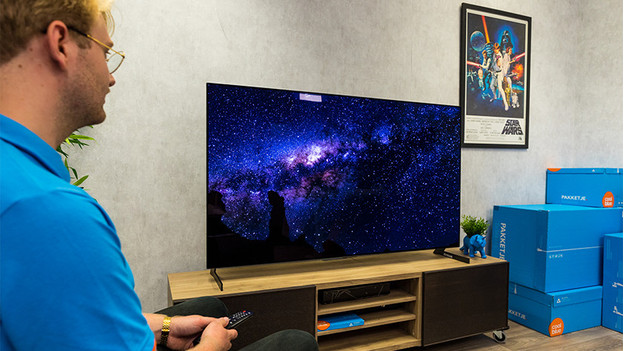
An OLED TV controls the brightness and color of every image dot separately. Your favorite movies, series, and TV programs really splash off the screen with realistic colors and a vibrant contrast. You can see what an OLED TV can really do during dark scenes. You won't miss any details anymore and dark areas are actually dark.
Fast pixel response times for gaming and action
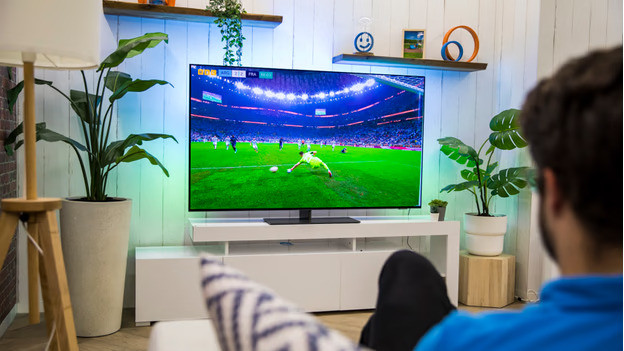
The image dots (also called pixels) in your TV need time to change color. When you're watching fast-moving images on a TV with a low pixel response time, you'll see some errors on the screen. Fast objects look blurry this way. Unlike LED-LCD, this isn't a problem with OLED. The pixel response time is almost always 0.1ms. Too fast to see with the naked eye, so it's always sharp when displaying fast-moving images and games.
Wide viewing angle
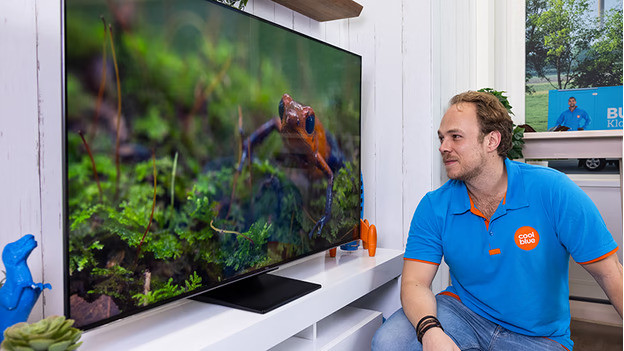
LED-LCD TVs have a narrow viewing angle, so the colors become blurry from the side. On the other hand, OLED TVs have a very wide viewing angle, so you won't miss any details even from the side. You can gather around the TV with all your friends for a soccer match and everyone will see detailed images.
Nice design with thin screen
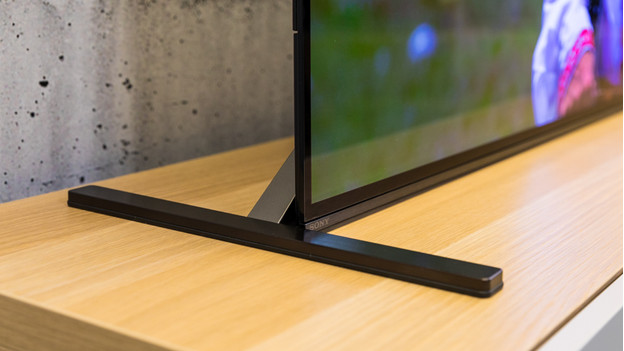
Because OLED televisions don't have lights behind the pixels, they're much thinner than LED-LCD TVs. The thin design with a screen that's only millimeters thin is a striking addition to your interior. The thin OLED televisions also come into their own on the wall using an OLED TV mount. That way, the television is completely integrated into your interior.
WOLED and QD-OLED
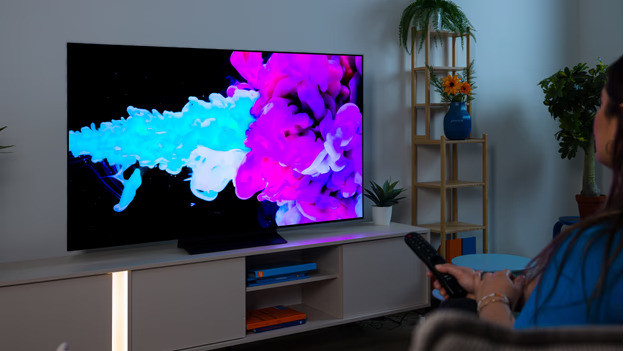
One of the biggest disadvantages of OLED TVs is that they naturally have a lower brightness. This is why WOLED screens have been around for years. A WOLED TV is and OLED with a white sub-pixel. This sub-pixel adds some extra light to increase the brightness. The only disadvantage of this is that the colors are aren't as full at a high brightness. As a response to WOLED, there are QD-OLED televisions. QD-OLED is an OLED TV with a Quantum Dot color filter. These TVs don't have the white sub-pixel, so the colors are fuller even at a high brightness. The only disadvantage of QD-OLED is that black can loot somewhat grayer when there's much ambient light when compared to WOLED. WOLED looks better in bright rooms, while QD-OLED looks best in dark rooms.
The latest image technologies
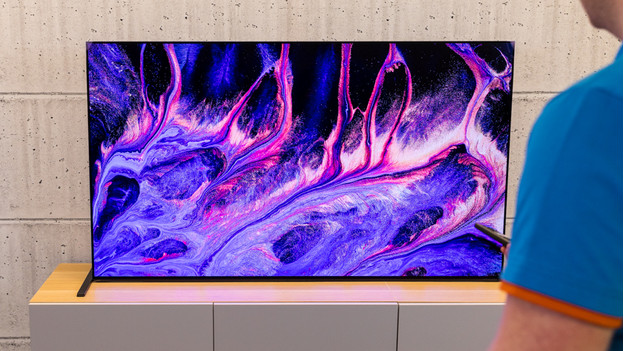
Because you can only find OLED in the high-end models of television manufacturers, you know for sure that you get the newest of the new. Some OLED televisions support an 8K resolution, so you're prepared for the future. You can watch HDR movies and series on every OLED TV. The 10-bit panel displays over a billion color tones. That's why you can see more details in the light and dark parts of the screen when watching HDR images. These televisions are also suitable for both HDR10 and Dolby Vision, so you know that the TV displays the best image quality for every movie or series.
Developments in OLED, OLED evo, OLED EX, and MLA
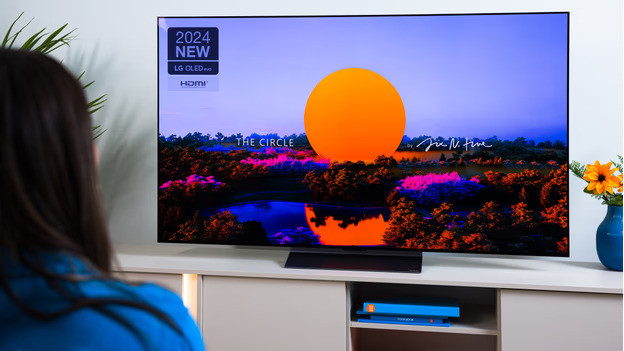
The OLED market is constantly developing. The most recent WOLED top models use OLED EX or OLED evo technology. The evo models are set up more efficiently, so they can reach a higher brightness. The OLED EX models use a substance called deuterium. Both achieve a high brightness this way. This keeps the colors full and the image detailed, even with much ambient light. The most recent top models also use MLA. This Micro Lens Array layer uses small crystals to bundle light more efficiently. This also ensures a higher brightness, so you can see more details in very bright scenes.
Conclusion
Why do you want an OLED television? Because you want a new viewing experience in your living room. By dimming and lighting up the image dots individually, OLED provides a high contrast and vibrant images. These images are always sharp thanks to the fast pixel response times, even when displaying fast-moving images. Thanks to the wide viewing angle, it doesn't matter how full the room is. Everyone will have a nice view. OLED TVs are also very thin, so they seamlessly blend into your interior.


